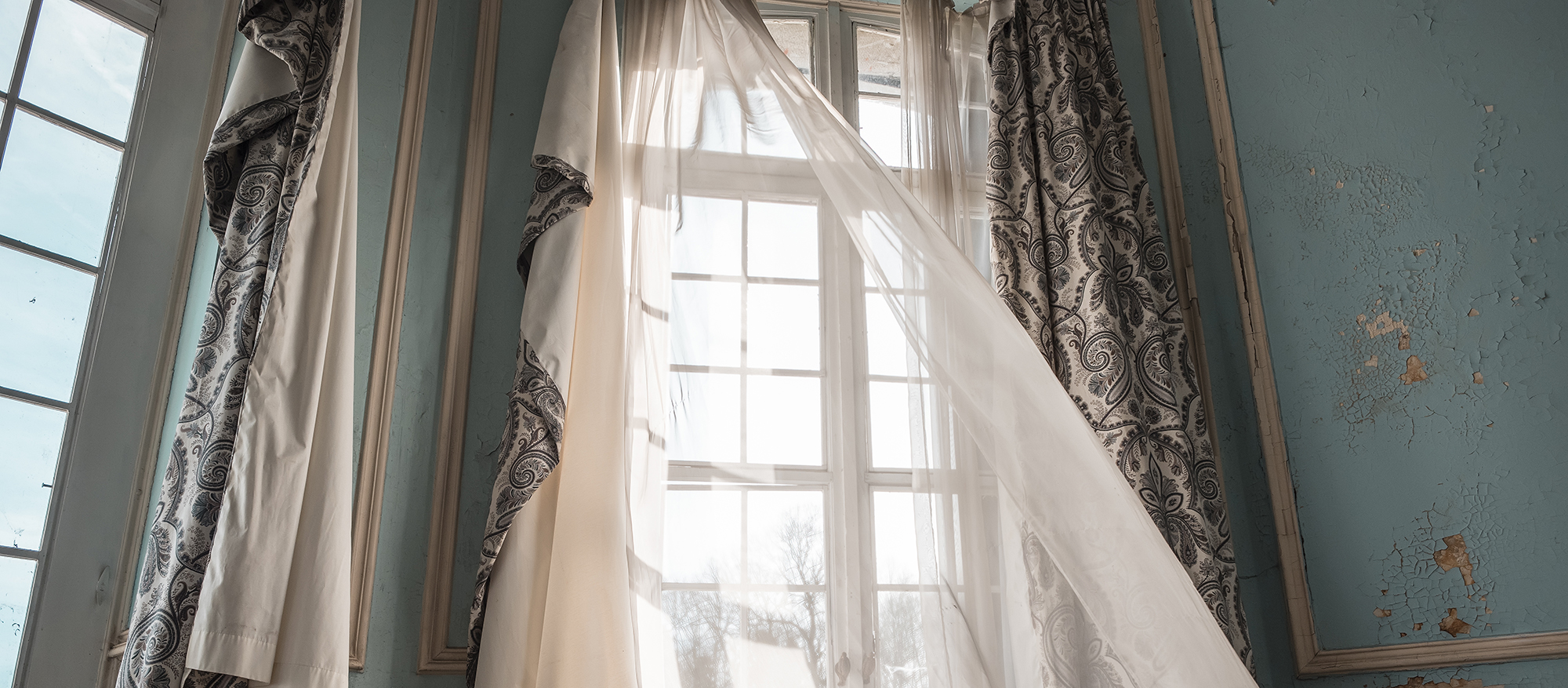Air leakage, or air infiltration, is the amount of air that passes through a window.
With less air leakage, you also lower your utility bills because the window reduces your reliance on heating and cooling systems to maintain consistent temperatures. And you’ll hear less street noise because sound infiltrates a home through the same route. No window blocks all noise, but efficient ones perform better.
An efficient window cuts down on leaks, protecting your home from outside elements. It’s easy to make sure any window you buy will do the job using one NFRC rating.
Our parent organization, the National Fenestration Rating Council (NFRC), evaluates windows using three main criteria: the amount of heat they allow to escape from a home (called the u-factor), the amount of heat they allow to enter a home (the solar heat gain coefficient), and the amount of sunlight that can pass through them (visible transmittance). Ratings for each are found on the labels affixed to new windows and are also used to determine if they are efficient enough to qualify for ENERGY STAR certification. Window manufacturers that want to give consumers even more information also have NFRC rate their products’ (condensation resistance) and air leakage – the topic of today’s blog post.
No window is completely sealed, and that’s OK. It’s good for tiny streams of air to pass through a window assembly so that interior condensation has a way to escape. But just a little is enough. A well-installed window cuts down on leakage and comes with multiple benefits. That starts with increased comfort because in cold climates, you won’t have cold-air drafts, and in hot climates, you’ll avoid heat seeping in.
 So that’s why controlling air leakage is good. When reading NFRC’s Air Leakage rating, a lower number means fewer leaks. The standard is 0.3. Windows rated higher than that level are not efficient and cannot qualify for ENERGY STAR® certification. When used to replace old windows, ENERGY STAR-certified products lower a home’s utility bills by an average of 12%. Efficiency starts with ensuring your windows have at least two panes, with the space between them filled with a safe, non-toxic gas like krypton or argon, which provide insulation from exterior elements.
So that’s why controlling air leakage is good. When reading NFRC’s Air Leakage rating, a lower number means fewer leaks. The standard is 0.3. Windows rated higher than that level are not efficient and cannot qualify for ENERGY STAR® certification. When used to replace old windows, ENERGY STAR-certified products lower a home’s utility bills by an average of 12%. Efficiency starts with ensuring your windows have at least two panes, with the space between them filled with a safe, non-toxic gas like krypton or argon, which provide insulation from exterior elements.
For more information on how NFRC rates windows, check the Window Ratings section of our site. You can also use the Window Selection Tool to find the right windows available in stores today for your home and client.
